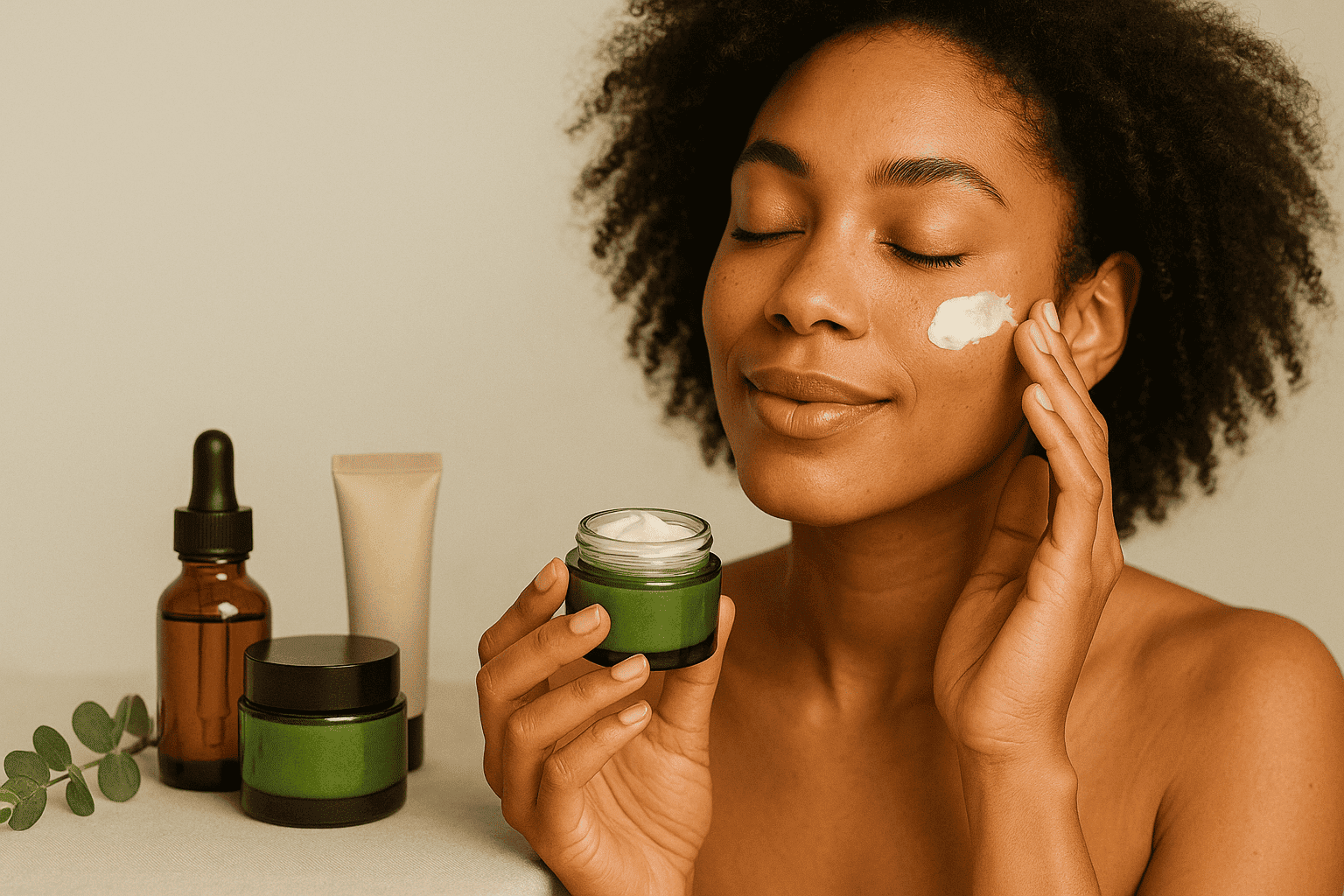From Generic to Genius: A Shopify Store Makeover Case Study on Organic Skincare

Introduction: Why a Shopify Makeover Matters in 2025
In today’s hyper-competitive eCommerce space, your Shopify store's design, functionality, and performance directly impact your conversion rates, brand perception, and SEO ranking. While Shopify makes it easy to launch an online store quickly, many businesses settle for generic templates that fail to convey their brand's uniqueness or support advanced marketing strategies.
This blog post walks you through a real-world Shopify makeover case study, showing how strategic custom theme development transformed a bland online store into a high-converting, brand-centric shopping experience. We'll break down what changed, how it was done, and what you can apply to your own store for improved performance.
The Client: Who Needed the Makeover?
Client Profile:
Industry: Organic Skincare
Initial Problem: Low conversions, high bounce rate, outdated design
Monthly Visitors: ~8,000
Conversion Rate: 0.8%
Tools Used: Basic Shopify template, no custom integrations
The Challenge: The store looked generic, was hard to navigate on mobile, had poor product descriptions, and lacked brand personality.
Key Goals:
Improve design consistency and UX
Increase conversion rate to 2%+
Integrate SEO best practices
Enhance mobile usability
Audit Findings: What Was Broken?
1. Design & UX Issues
Over-reliance on stock imagery
No visual hierarchy or brand identity
Cluttered homepage with weak CTAs
2. Performance Bottlenecks
Page speed score (Google): 54/100 (mobile)
Uncompressed images, unnecessary scripts
Lack of lazy loading or CDN
3. Poor Mobile Optimization
Buttons too small or unclickable
Text overlapping on smaller screens
Cart abandonment rate on mobile: 82%
4. SEO Deficiencies
Missing H1 tags and alt text
Weak meta descriptions
No structured data or schema markup
The Makeover: From Template to Tailored
1. Custom Theme Design
Built using Shopify’s Liquid, HTML/CSS, and JavaScript
Fully responsive and optimized for all screen sizes
Added brand-aligned typography, color palette, and icons
Tip: "Use Figma or Adobe XD to prototype your layout before building."
2. UX & Conversion Optimization
Smart product filters and dynamic sorting
Sticky "Add to Cart" buttons on product pages
Custom announcement bar for promotions
3. Speed Optimization
Compressed all images via TinyPNG
Lazy-loaded product images
Minified all CSS and JavaScript
Leveraged Shopify’s native CDN
Stat: After optimization, PageSpeed score improved from 54 to 91 on mobile.
4. SEO Enhancements
Added JSON-LD schema for product rich snippets
Integrated meta tag management using Shopify's "Custom Fields"
Optimized URLs and headings for target keywords
Result: Organic traffic increased by 38% within 3 months.
5. Content and Branding Overhaul
Created custom landing pages for bestsellers
Rewrote all product descriptions with storytelling + benefits
Added UGC and testimonials section
Real Results: Before vs. After
| Metric | Before Makeover | After Makeover |
|---|---|---|
| Bounce Rate | 69% | 41% |
| Conversion Rate | 0.8% | 2.4% |
| Avg. Order Value | $47 | $61 |
| Mobile Cart Abandonment | 82% | 49% |
| Monthly Revenue | ~$3,000 | ~$9,800 |
Frequently Asked Questions (FAQ)
Q1: Is a custom theme better than a paid theme?
A: Paid themes are great for quick launches, but a custom theme is tailored to your brand, UX goals, and marketing needs. It often results in better performance and conversions.
Q2: How long does a custom Shopify makeover take?
A: Depending on complexity, 3 to 8 weeks. This includes design, development, testing, and deployment.
Q3: Will a makeover affect my current SEO rankings?
A: If done correctly, it should improve them. Always 301 redirect old URLs, keep keyword structure consistent, and retain valuable content.
Actionable Tips to Start Your Own Shopify Store Makeover
Run a UX Audit: Use tools like Hotjar or Clarity to see how users navigate.
Improve Mobile Usability: Prioritize tap targets, font sizes, and page speed.
Customize the Theme: Even small tweaks like custom headers or CTAs improve brand perception.
Focus on Storytelling: Product pages should explain why a customer needs the product.
Test & Iterate: Use A/B testing to see what design elements drive more conversions.
Integrate SEO Early: Don’t bolt it on later. SEO should be part of the design process.
Conclusion: Time to Transform Your Store
Your Shopify store is more than just a digital storefront—it's your brand's primary customer touchpoint. Settling for a generic design could be costing you thousands in lost revenue. As we've seen in this case study, investing in a Shopify custom theme makeover not only enhances brand identity but also drives performance across all key eCommerce metrics.
Whether you're launching a new store or revamping an old one, a customized theme tailored to your brand and customer journey is a long-term investment in conversion, trust, and SEO.


